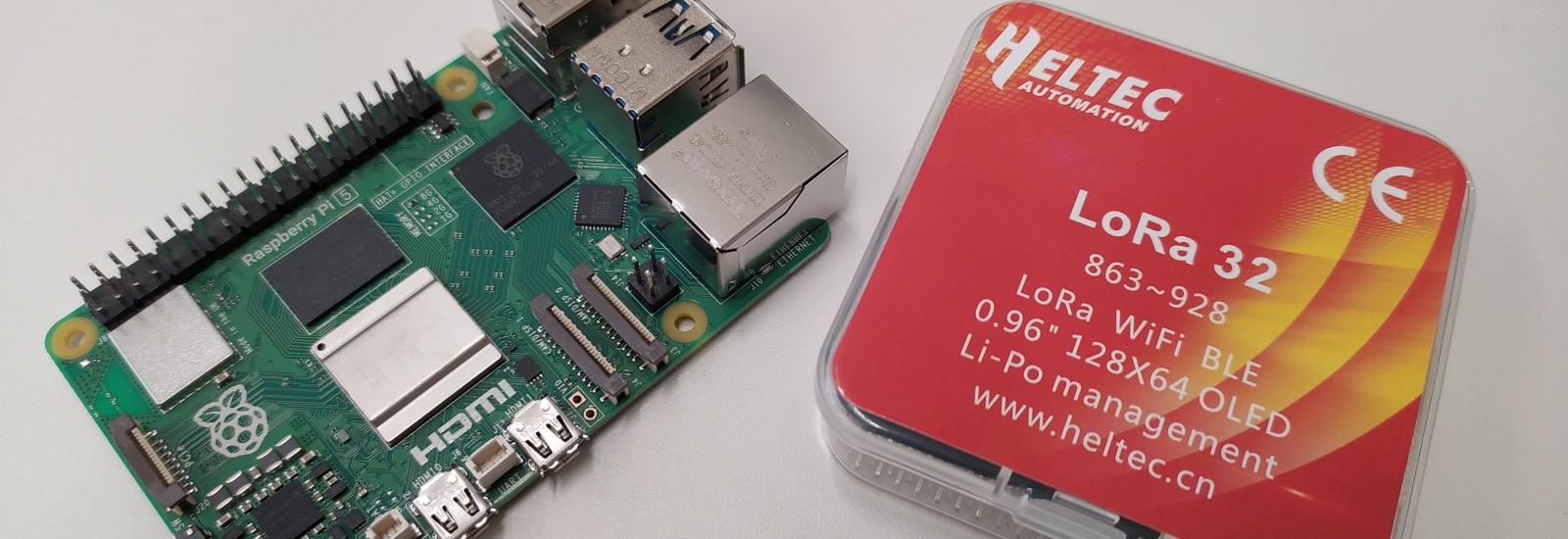
Förderjahr 2023 / Projekt Call #18 / ProjektID: 6693 / Projekt: LoRaBridge 2
Be prepared to meet LoRaBridge 2, which in our minds shall be an adventure of making/measuring/coding and more.
Roughly two years ago, we started working on the LoRaBridge. Our vision back then was to convert affordable Zigbee sensors into LoRaWAN sensors with a custom made repeater unit. After a year of hard work (and a lot of fun too!) we were surprised of how well our system worked, given that it was only the first prototype. We were able to transmit several kinds of sensor values ranging from temperature to current consumption trough several rooms and over kms of distance outdoors. This early success made us ask the question: If this was possible, how far could we push this concept? That's how the idea for the follow-up project LoRaBridge 2 was born.
For starters, we will reach once again to the affordable home automation equipment. Maybe you have already browsed on Amazon and have seen home automation gateways and sensors, which usually are the stepping stone for the many to implement the first home automation setup. While the gateways and the sensors do work well in modern homes, equipped with LAN/WLAN connection, their configuration and operation becomes much more difficult if an Internet connection is taken out of the equation. This leads us to the very question we are looking forward to answer during LoRaBridge 2: What does it take to operate a home-automation gateway, which is not directly connected to the Internet? A technically minded reader might at this point come up with further questions, such as: How do you handle the setup and the configuration of the automations?

We plan to approach the above question with a similar strategy applied in LoRaBridge 1: First we will put together a custom made remote gateway, which supports Zigbee&LoRaWAN technologies. This gateway shall connect via bi-directional LoRaWAN link towards the end-user. As it is well known, the signaling rates of a single LoRaWAN link are a fraction of the data rates of e.g. WLAN. This is why, we need to apply aggressive compression algorithm for both down- and uplink communications. Luckily, the dictionary based compression algorithms have been shown quite effective to transfer light weight protocol data over LoRaWAN. After the technical hurdles have hopefully been tackled, we will concentrate next on the usability: With a simple and sleek UI, an end-user shall be able to configure and monitor the state of the remote automations with a least amount of clicks and swipes.
That said, we are excited to pick-up the beloved Raspberry PI, fire up the development tools, roll up our sleeves and get the project going! Stay tuned for periodic updates via future blog posts on our adventure.

